13 Best Herbal Creams For Athlete'S Foot
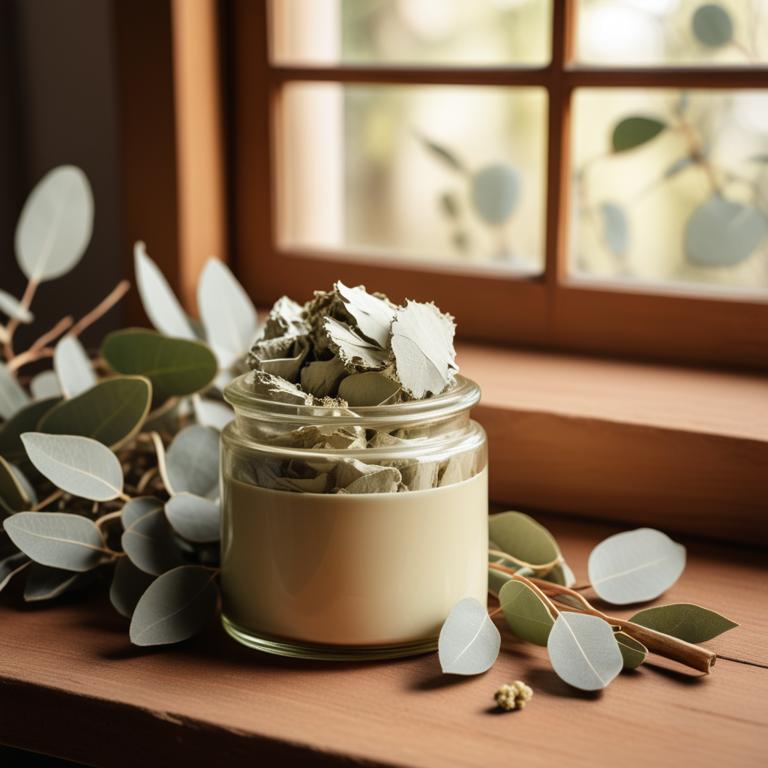
Herbal creams for Athlete's foot are a type of topical treatment that utilizes natural ingredients, derived from plants and herbs, to combat fungal infections that cause this common foot condition.
These creams offer numerous benefits, including being gentle on the skin, free from harsh chemicals, and promoting a healthy balance of skin pH, which helps to prevent the growth of fungal organisms.
Examples of herbal creams used to treat Athlete's foot include Tea Tree Oil, which possesses antifungal properties, Aloe Vera, which soothes and calms irritated skin, and Echinacea, which enhances the body's immune system to fight off infections.
Additionally, other herbal creams like Lavender Oil, Chamomile, and Calendula are also used due to their anti-inflammatory and antiseptic properties, which help to reduce itching, inflammation, and the spread of fungal spores.
According to the study, creams for athlete's foot that combine garlic oil and eruca oil with a surfactant blend at an optimal concentration (2% surfactant blend) have been developed to exhibit excellent antimicrobial activity against various pathogens, including Staphylococcus aureus, Escherichia coli, and Malassezia furfur.
Below there's a list of the 13 best herbal creams for athlete's foot.
- 1. Eucalyptus globulus creams
- 2. Melaleuca alternifolia creams
- 3. Lavandula angustifolia creams
- 4. Calendula officinalis creams
- 5. Aloe barbadensis creams
- 6. Eucalyptus radiata creams
- 7. Cinnamomum zeylanicum creams
- 8. Cymbopogon citratus creams
- 9. Cymbopogon nardus creams
- 10. Rosmarinus officinalis creams
- 11. Thymus vulgaris creams
- 12. Zingiber officinale creams
- 13. Hyptis suaveolens creams
Also you may be interested in...
TODAY'S FREE BOUNDLE
Herb Drying Checklist + Herbal Tea Shopping List + Medicinal Herbs Flashcards
Enter you best email address below to receive this bundle (3 product valued $19.95) for FREE + exclusive access to The Aphotecary Letter.
$19.95 -> $0.00
1. Eucalyptus globulus creams
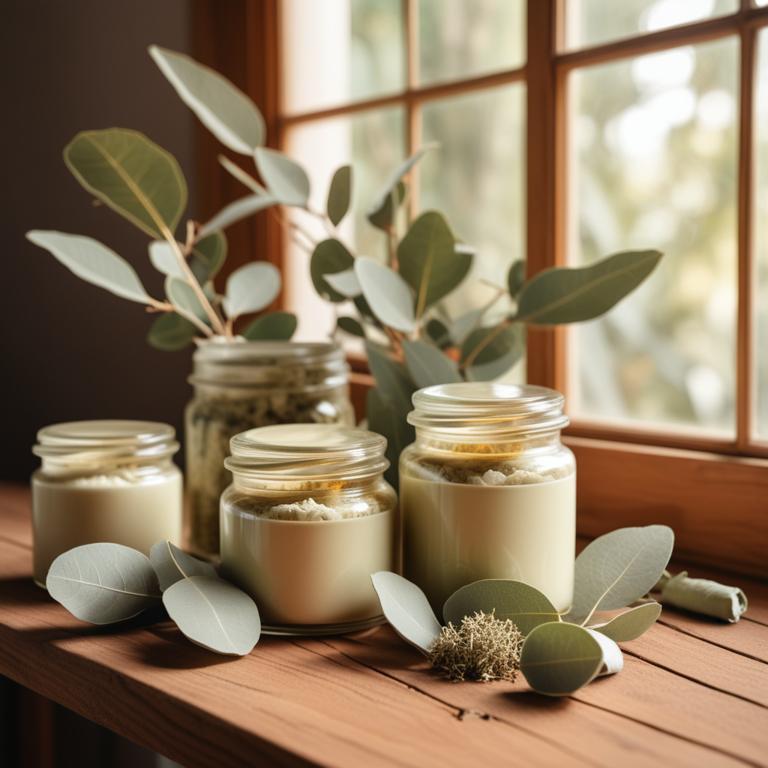
Eucalyptus globulus creams have been traditionally used to treat athlete's foot, a common fungal infection caused by excessive sweat and warm, moist environments.
The anti-inflammatory and antifungal properties of this herbal preparation help to reduce the symptoms of the ailment, such as itching, burning, and scaling, by inhibiting the growth of fungi and promoting a healthy environment for skin cells.
The bioactive constituents of Eucalyptus globulus, including eucalyptol, limonene, and alpha-pinene, exhibit antimicrobial and anti-inflammatory activities, which aid in the treatment of athlete's foot.
The benefits of using Eucalyptus globulus creams to treat athlete's foot include its natural, non-toxic, and gentle action, making it a popular choice for those seeking an alternative to conventional treatments.
2. Melaleuca alternifolia creams

Melaleuca alternifolia creams, also known as tea tree oil creams, have been used for centuries to treat various skin infections, including athlete's foot.
The antifungal properties of Melaleuca alternifolia creams help to combat the fungal infection that causes athlete's foot, reducing the symptoms of itching, burning, and cracking of the skin.
The bioactive constituents of this herbal preparation, such as terpinen-4-ol and cineole, have been shown to exhibit potent antifungal activity, inhibiting the growth of fungi that cause athlete's foot.
The benefits of using Melaleuca alternifolia creams to treat athlete's foot include quick relief from symptoms, prevention of further infection, and promotion of healthy skin.
Related Study
According to the information provided, Melaleuca alternifolia creams for athlete's foot have antifungal, acaricidal activity, indicating their potential efficacy in treating this skin disorder.
3. Lavandula angustifolia creams

Lavandula angustifolia creams have been traditionally used to treat athlete's foot, a fungal infection that causes itching, burning, and cracking of the skin on the feet.
The antifungal and anti-inflammatory properties of Lavandula angustifolia creams help to reduce the growth of fungi and alleviate the symptoms associated with athlete's foot.
The bioactive constituents, including linalool and linalyl acetate, have been shown to exhibit potent antifungal activity, thereby helping to treat this ailment.
The benefits of using Lavandula angustifolia creams to treat athlete's foot include reduced inflammation, improved wound healing, and a decrease in the occurrence of fungal infections, making it a popular natural remedy for this condition.
4. Calendula officinalis creams

Calendula officinalis creams have been used to treat athlete's foot, a common fungal infection of the foot, due to their anti-inflammatory and antifungal properties.
The anti-inflammatory properties of calendula creams help to reduce redness and itching associated with athlete's foot, while the antifungal properties inhibit the growth of fungi, such as Trichophyton and Epidermophyton.
The bioactive constituents of calendula creams, including triterpenoids, flavonoids, and carotenoids, contribute to their therapeutic effects by promoting tissue repair, reducing oxidative stress, and exhibiting antimicrobial activity.
The benefits of using calendula creams to treat athlete's foot include a natural, non-toxic, and gentle approach that can be used in conjunction with other treatments to promote healing and prevent recurrence.
Related Study
According to "Life (Basel, Switzerland)", Calendula officinalis creams for athlete's foot have potential wound-healing properties that can aid in treating skin infections and promoting healthy skin regeneration, making them a viable natural alternative for managing athlete's foot.
5. Aloe barbadensis creams

Aloe barbadensis creams have been traditionally used to treat athlete's foot, a fungal infection of the foot, due to their anti-inflammatory, antibacterial, and antifungal properties.
The herbal preparation helps to treat this ailment by soothing the itchy and scaly skin, reducing inflammation, and preventing the spread of the infection.
The bioactive constituents of Aloe barbadensis creams, such as aloin, aloe-emodin, and acemannan, exhibit antifungal activity against the fungal pathogens that cause athlete's foot, including Trichophyton and Epidermophyton species.
The benefits of using Aloe barbadensis creams to treat athlete's foot include natural and non-irritating relief from symptoms, reduced risk of infection, and promotion of healthy skin regeneration.
6. Eucalyptus radiata creams

Eucalyptus radiata creams have been widely used to treat the athlete's foot ailment due to their antifungal and anti-inflammatory properties, which help to soothe and calm the affected area.
The bioactive constituents of Eucalyptus radiata, including eucalyptol and caryophyllene, have been shown to exhibit potent antifungal activity against the fungal pathogens that cause athlete's foot, such as Trichophyton rubrum and Epidermophyton floccosum.
By reducing fungal growth and inflammation, Eucalyptus radiata creams can help to relieve the symptoms of athlete's foot, including itching, burning, and cracking of the skin.
The benefits of using Eucalyptus radiata creams to treat athlete's foot include their natural and non-toxic composition, ease of application, and ability to promote healthy skin regeneration, making them a popular choice among individuals seeking a holistic approach to managing this common fungal infection.
7. Cinnamomum zeylanicum creams
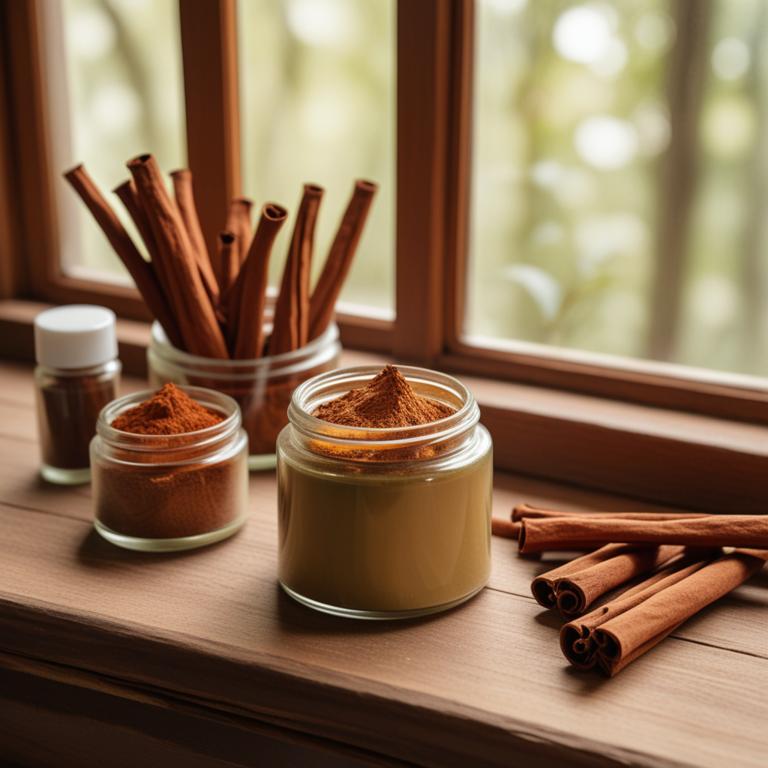
Cinnamomum zeylanicum creams, derived from the bark of the Ceylon cinnamon tree, have been traditionally used to treat athlete's foot, a fungal infection caused by dermatophytes.
The antifungal and antibacterial properties of these creams help to combat the fungal growth and prevent its spread, thus providing relief from the discomfort and itching associated with the ailment.
The bioactive constituents, including cinnamaldehyde and eugenol, exhibit strong antifungal activities, thereby inhibiting the growth of fungi and helping to treat athlete's foot effectively.
The benefits of using Cinnamomum zeylanicum creams include their natural and non-toxic composition, ease of application, and ability to provide long-lasting relief from fungal infections, making them an attractive alternative to conventional treatments.
8. Cymbopogon citratus creams
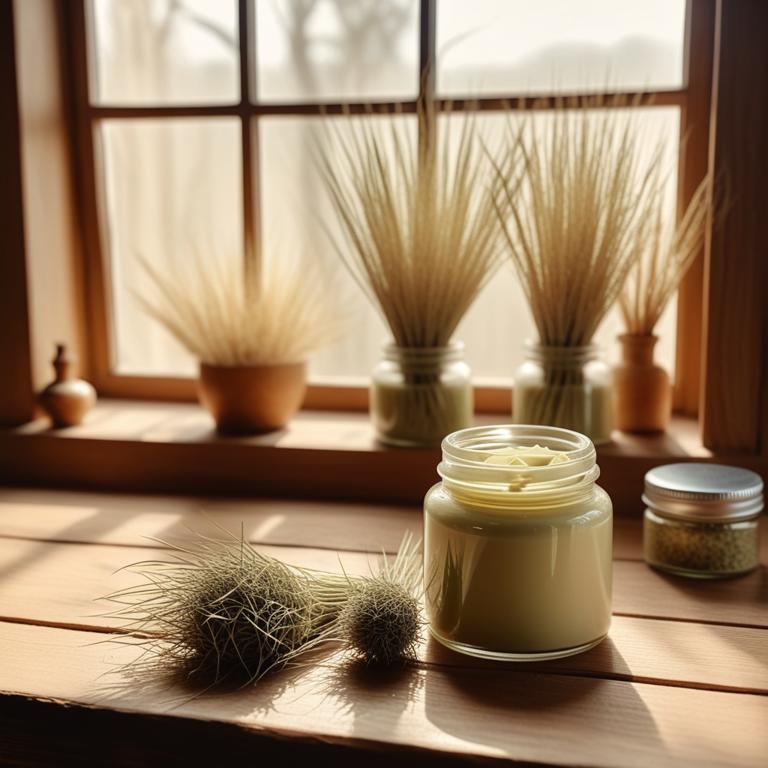
Cymbopogon citratus creams have been traditionally used to treat athlete's foot due to their antifungal properties, which help to combat fungal infections that cause this ailment.
The herbal preparation's active compounds, including geraniol and limonene, possess potent antimicrobial and antifungal activities that aid in the treatment of athlete's foot.
By inhibiting the growth of fungal cells and reducing inflammation, Cymbopogon citratus creams help to alleviate the symptoms of athlete's foot, such as itching and burning sensations.
The benefits of using Cymbopogon citratus creams to treat athlete's foot include their natural origin, ease of application, and minimal side effects, making them a promising alternative to conventional treatments.
9. Cymbopogon nardus creams
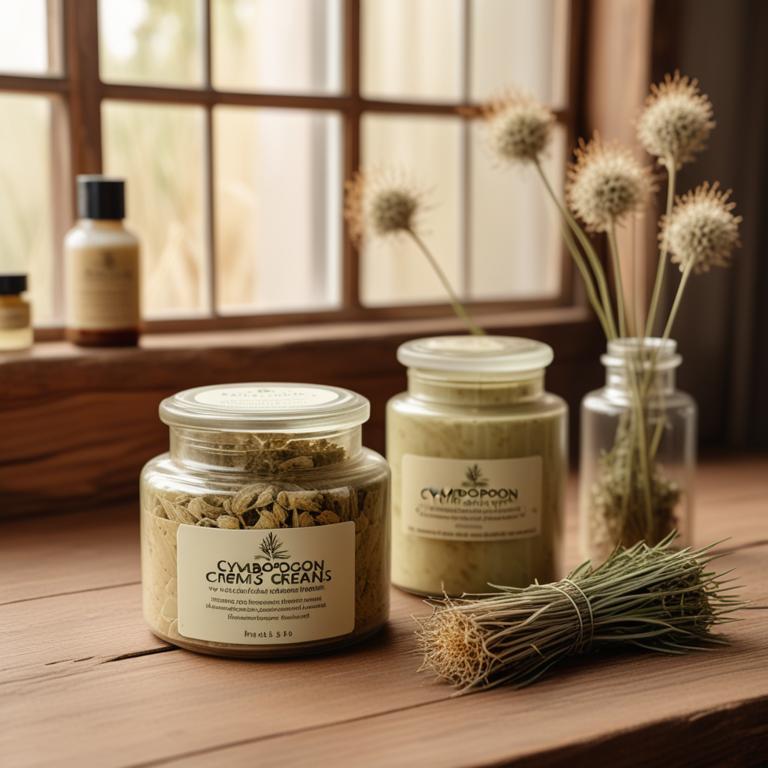
Cymbopogon nardus creams, derived from the essential oil of lemongrass, have been traditionally used to treat the athlete's foot ailment due to its antifungal and antibacterial properties.
These properties help to combat the fungal and bacterial infections that cause athlete's foot, thereby providing relief from the itching, burning, and discomfort associated with the condition.
The bioactive constituents present in Cymbopogon nardus creams, such as citral and geraniol, have been shown to exhibit potent antifungal activity against various fungal species, including those responsible for athlete's foot.
The benefits of using Cymbopogon nardus creams to treat athlete's foot include a reduction in symptoms, accelerated healing, and a decreased risk of recurrence, making it a popular herbal remedy for this common condition.
10. Rosmarinus officinalis creams
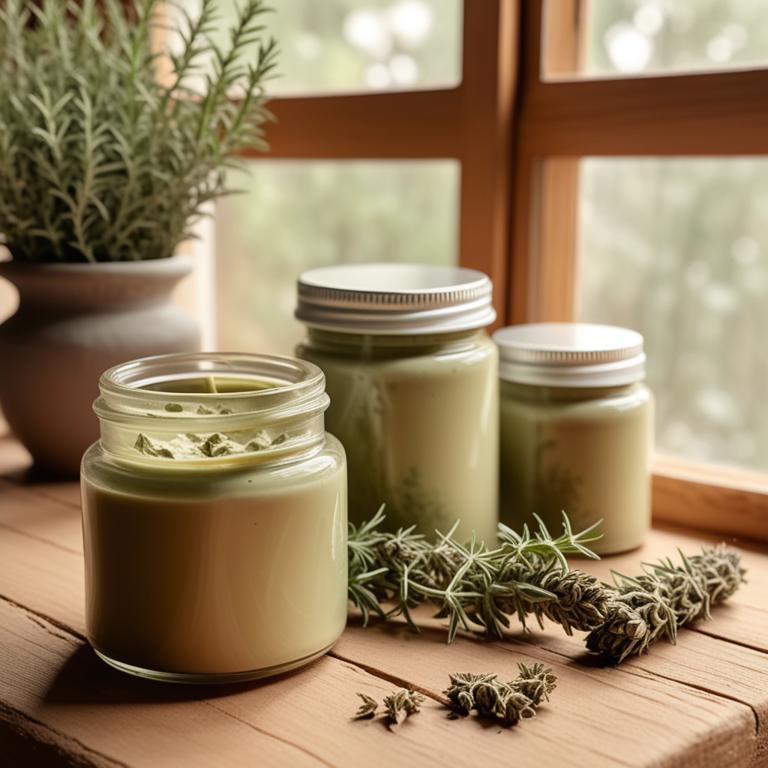
Rosmarinus officinalis creams, derived from the herb rosemary, have been found to be effective in treating the athlete's foot ailment.
The antimicrobial and antifungal properties of this herbal preparation help to treat this ailment by inhibiting the growth of fungi that cause the condition.
The bioactive constituents, including rosmarinic acid and camphor, contribute to its antifungal properties, helping to soothe and heal the affected skin.
The benefits of using Rosmarinus officinalis creams to treat athlete's foot include reducing inflammation, promoting healthy skin, and preventing future infections.
11. Thymus vulgaris creams
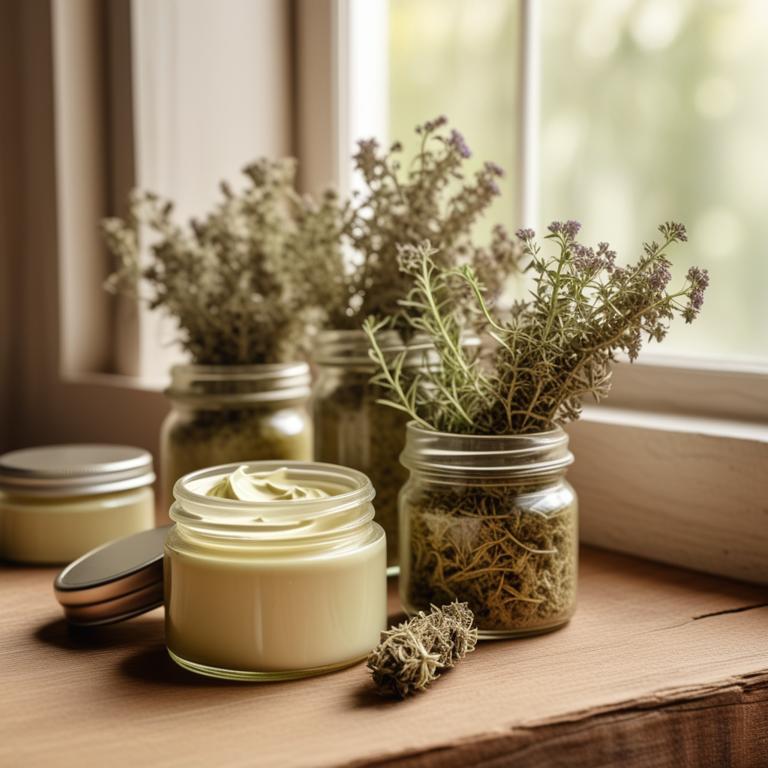
Thymus vulgaris creams have been traditionally used to treat athlete's foot due to their antifungal and antibacterial properties, which help to combat the fungal and bacterial infections that cause this common ailment.
The bioactive constituents of Thymus vulgaris, including thymol and carvacrol, have been shown to exhibit potent antifungal activity, effectively reducing the growth of fungal spores and eliminating the symptoms of athlete's foot.
By applying Thymus vulgaris creams to the affected area, individuals can experience relief from the itching, burning, and scaling associated with athlete's foot, as well as a reduction in the risk of further infection.
The use of Thymus vulgaris creams as a natural remedy for athlete's foot offers several benefits, including reduced reliance on synthetic antifungal medications and the potential for improved wound healing due to their antimicrobial and anti-inflammatory properties.
12. Zingiber officinale creams

Zingiber officinale creams, derived from the rhizomes of the ginger plant, have been traditionally used to treat athlete's foot due to their antifungal, anti-inflammatory, and antibacterial properties.
The bioactive constituents of Zingiber officinale, including gingerols and shogaols, help to inhibit the growth of fungal pathogens, such as Trichophyton and Epidermophyton, that cause this ailment.
By reducing inflammation and promoting a healthy environment on the skin, Zingiber officinale creams can help to alleviate the symptoms of athlete's foot, including itching, burning, and scaling.
The benefits of using Zingiber officinale creams to treat athlete's foot include reduced risk of infection, improved skin health, and a more natural approach to managing this common fungal infection.
13. Hyptis suaveolens creams

Hyptis suaveolens creams have been traditionally used to treat athlete's foot due to their antifungal and antimicrobial properties, which help to combat the fungal infection that causes this ailment.
The bioactive constituents of Hyptis suaveolens, including flavonoids, phenolic acids, and terpenoids, play a crucial role in its antifungal activity, helping to inhibit the growth of fungal pathogens and promote healing of the affected skin.
By applying Hyptis suaveolens creams topically, individuals can experience relief from the symptoms of athlete's foot, including itching, burning, and scaling, and promote a healthy skin environment.
The benefits of using Hyptis suaveolens creams to treat athlete's foot include their natural origin, non-toxicity, and ease of application, making them a viable alternative to conventional treatments.